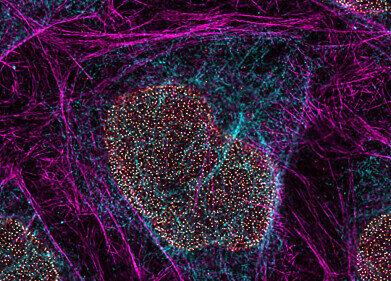Microscopy & Microtechniques
Patents Granted for Lightsheet Readout Mode in CMOS Cameras
Aug 02 2016
Lightsheet microscopy is rapidly becoming an important tool for biological research. Among its strengths are high speed selective plane acquisition, low phototoxicity to samples and low photo bleaching of fluorophores. There are a variety of lightsheet schemes that enable researchers to answer new questions in live cell imaging at scales that range from individual cells to whole organisms.
Hamamatsu Photonics has been granted patents for their ‘Lightsheet Readout Mode’ which takes advantage of the rolling shutter readout in scientific CMOS cameras. Lightsheet Readout Mode is currently available in the ORCA-Flash4.0V2 camera. The patents place Hamamatsu’s cameras in an ideal position regarding the lightsheet application and Hamamatsu will move forward on enforcing their rights under these patents.
Related Patents: Japan
Visit the Lightsheet Readout Mode special page.
For further information please click here.
Digital Edition
Lab Asia 31.2 April 2024
April 2024
In This Edition Chromatography Articles - Approaches to troubleshooting an SPE method for the analysis of oligonucleotides (pt i) - High-precision liquid flow processes demand full fluidic c...
View all digital editions
Events
Apr 17 2024 Tokyo, Japan
Apr 22 2024 Marrakech, Morroco
Making Pharmaceuticals Exhibition & Conference
Apr 23 2024 Coventry, UK
Apr 23 2024 Kintex, South Korea
Apr 23 2024 Seoul, South Korea









.jpg)








